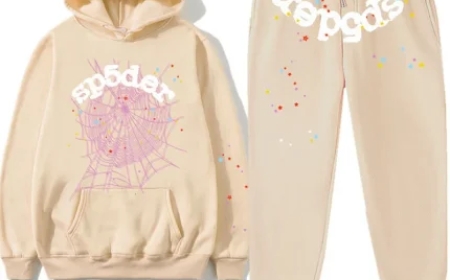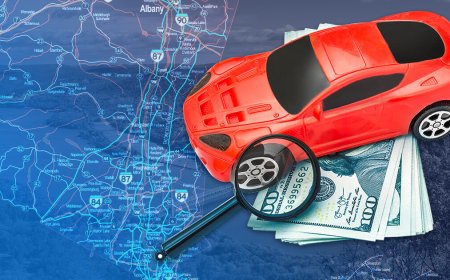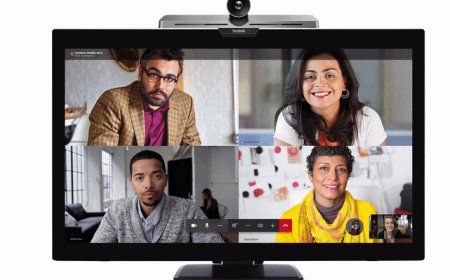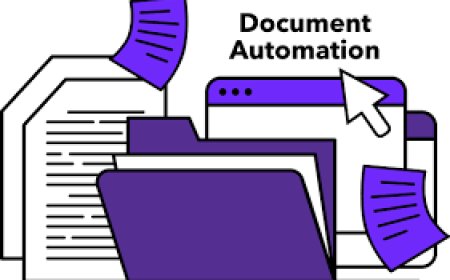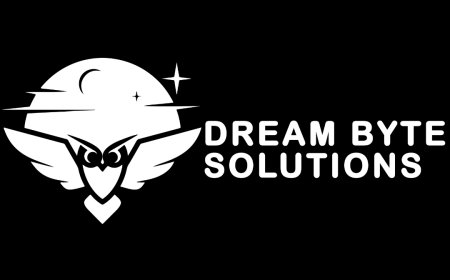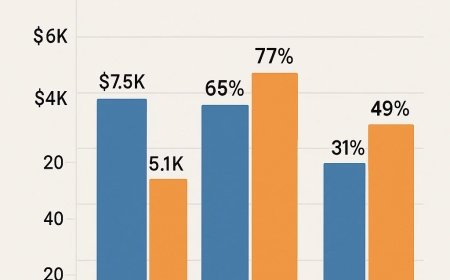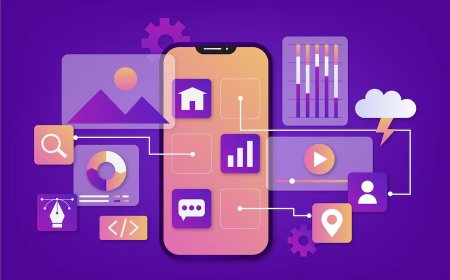Essential Software for Animation & VFX Students | Best Animation & VFX Course
Discover the top software tools every Animation and VFX student should learn. Find out why the Best Animation & VFX Course includes these tools, and how they launch your creative career.
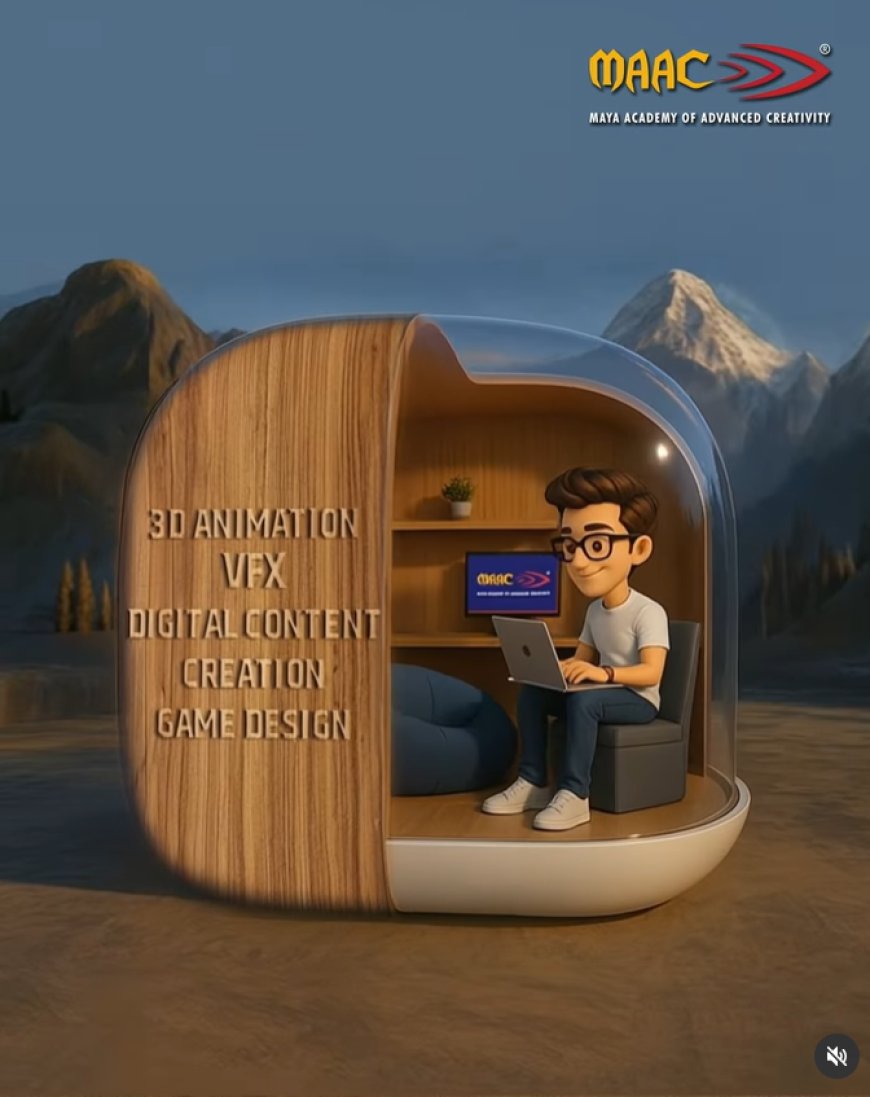
If you're training to become an animator or VFX artist, knowing the right software is key. These tools let you bring characters to life, design visual effects, and build complete 3D worlds. This post breaks down the most essential programs, explains why each matters, and shows how the Best Animation & VFX Course in Vasai equips you to excel professionally.
1. Autodesk Maya
What it is: Industry-standard software for 3D modeling, animation, and rigging.
Why use it: Major studios like Pixar, ILM, and Framestore use Maya in film and game productions (reddit.com).
What you can do: Build 3D characters, animate movements, and set up simulation effects (water, cloth, particles) all within one tool.
Studies confirm Mayas persistence in pipelines, with every Oscar-winning VFX film since the late 1990s relying on it (animationmentor.com).
2. Adobe After Effects
What it is: A top tool for motion graphics and compositing.
Why use it: It simplifies animation effects like text animation, camera moves, and basic compositing.
What you can do: Create animated titles, layer graphics over videos, and combine visual elements seamlessly.
3. Nuke
What it is: A professional-grade compositing platform used in top VFX studios.
Why use it: Nuke supports USD workflows and is improving machine learning features (e.g., Foundrys CopyCat tool).
What you can do: Merge complex image layers, track camera movements, and color-correct footage to create a final scene.
4. Houdini
What it is: A node-based tool known for creating procedural effects.
Why use it: It produces realistic simulations from smoke to fire to destruction in a flexible, data-driven way.
What you can do: Design dynamic simulations that would be hard to handle manually, like fluid dynamics or crowd behaviors.
5. Blender
What it is: Powerful and free 3D software that supports modeling, sculpting, animation, VFX, and more.
Why use it: Ideal for students and pros working on a budget. Blender offers an end-to-end workflow including rendering and 2D/3D feature sets.
What you can do: From sculpting to compositing and even basic video editing, Blender covers the full pipeline.
6. ZBrush
What it is: A digital sculpting and painting tool ideal for creating detailed characters.
Why use it: Its sculpting brushes let you craft lifelike textures like pores, cloth wrinkles, and organic shapes.
What you can do: Sculpt high-definition characters, creatures, or props that can then be animated or rigged in other software.
7. Cinema 4D
What it is: A fast-learning 3D modeling and motion graphics tool.
Why use it: Especially popular with architects and motion graphics artists, thanks to tight integration with After Effects.
What you can do: Build animated visuals, UI graphics, and quick-viz 3D assets for video and advertising.
Bonus: Unreal Engine & Arnold Renderer
Unreal Engine Real-time rendering and virtual production tool used for immediate feedback on scenes. Engines like Unreal are becoming essential in modern pipelines.
Arnold A photorealistic renderer used in Hollywood, with Engineering Emmys and Oscars to its credit.
Why Learning These Tools Matters
-
Industry Standards: Studios expect familiarity with software like Maya, Nuke, and Houdini.
-
End-to-End Workflow: A broad toolkit helps you take projects from concept to final render.
-
In-Demand Skills: Tools like Unreal Engine and Blender prepare you for cutting-edge roles in real-time production and indie pipelines.
-
Competitive Advantage: Being fluent in multiple tools helps you stand out. As one Redditor notes, Knowing how to sculpt will help you use sculpting AI... creativity is the unique value (vitrina.ai, reddit.com).
How the Best Animation & VFX Course Prepares You
The Best Animation & VFX Course goes beyond tutorials. It provides:
-
Structured training in these essential tools
-
Real-world projects to apply your skills
-
Mentorship and feedback from experienced instructors
-
Portfolio support to showcase your work professionally
If you're choosing where to invest your time and money, a course offering hands-on experience with these tools offers the best return.
How to Choose the Right Course
When evaluating programs, look for:
-
Software Breadth: Does the course teach Maya, After Effects, Nuke, Houdini, Blender, and optionally ZBrush, Unreal, or Arnold?
-
Project-Based Learning: Will you produce real reels or case studies?
-
Instructor Credentials: Are teachers industry professionals or recognized trainers?
-
Placement Support: Will the course guide you to internships or job interviews?
-
Alumni Success: Do graduates land positions at studios or secure freelance clients?
Getting Hands-On: Practice Recommendations
-
Create a short project in Blender combining modeling and basic effects.
-
Import a character from ZBrush into Maya, rig it, and animate a short walk cycle.
-
Use Houdini to simulate a flame or liquid effect with procedural methods.
-
Use After Effects or Nuke to composite a basic scene and add motion graphics.
-
Explore Unreal Engines virtual production demos to understand real-time workflows.
Challenges to Expect
-
These tools are powerful and often complex. Steep learning curves are normal.
-
Constant updates and new versions mean you must stay current.
-
Some software licenses are expensive, though many offer student or trial editions.
A structured program like the Best Animation & VFX Course helps you manage these challenges while guiding your progress.
In Summary
Mastering Maya, After Effects, Nuke, Houdini, Blender, ZBrush, and Cinema 4D forms a strong foundation for any animation or VFX career. Adding Unreal Engine or Arnold puts you at the cutting edge of real-time production and cinematic rendering.
The most successful trainees are those who pair self-driven practice with structured learning through a professional course. If youre serious about launching a creative career, choosing the Best Animation & VFX Course in Vasai ensures you build real skills and create a portfolio that employers or clients will notice.








&srotate=0)




